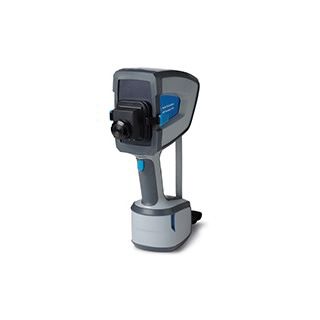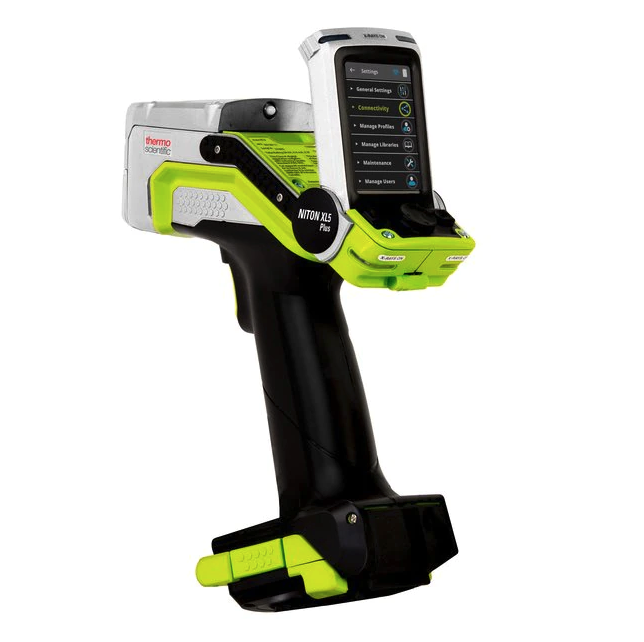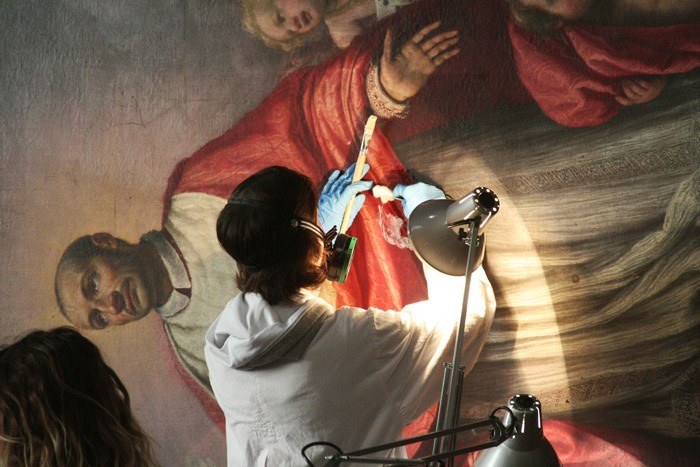Michelangelo, Or Michelangel-NO? The Best Way To Identify Fake Art And Artifacts
Art has now grown into a billion-dollar market, with collectors investing in established and emerging artists for huge profits.
There are risks involved with investing in art, even if it doesn’t seem as volatile as investing in stocks: Artwork authentication is becoming increasingly complicated, and there is an alarming number of false paintings floating around.
Remember: About 40% of works sold each year are forgeries, according to estimates.
A number of sophisticated techniques are used today to examine and verify art and historical artifacts.
Utilisation of X-ray fluorescence or infrared spectroscopy is beneficial for dating archaeological artifacts, analysing pigment and identifying them, and improving the viability of future research.
PAS provides reproducible results in the fields of art history, archaeology, anthropology and for commercial authentication of assets.
Spectroscopy And the Science of Art Authentication
Attempting to identify an artist’s work today involves scientists working behind the scenes at a museum or gallery.
Recent advances in analytical techniques enable the composition of the pigments and binders of the body of a painting to be determined in great detail.
These methods of in-situ analysis of paints, pigments, and resins offer straightforward, non-destructive analysis using X-ray fluorescence (XRF), infrared spectroscopy (IR), and Raman spectroscopy.
Inspecting a questioned artwork under a microscope can reveal information about the materials used and the chemical makeup of the pigments, which either substantiates the item’s authenticity or reveals materials contrary to its authenticity.
Studying Colour And Identifying Art Fakes with Spectroscopy
When the pigments in a painting match those in an earlier certified artwork, it is easy to determine whether the painting is authentic.
Since the paints used for the older pieces are different from those used for the replicas, a recent copy of an ancient work will read differently.
It is also possible to discover whether a painting is the work of the same artist by comparing and contrasting the spectral curves of pigment in different pictures.
Case Studies In Art Spectroscopy
Materials containing light elements are not able to absorb X-rays that are projected at them, but materials containing heavier elements do.
X-rays can determine whether a canvas contains the same number of threads in horizontal and vertical directions. This is how many famous paintings by artists such as Vincent van Gogh have been authenticated and some have proven to be fakes.
A Long Island storage container belonged to Alex Matter’s parents – both artists and friends of artist Jackson Pollock. In that container, he found 32 paintings that were attributed to the famous painter.
Although attributed to Pollock, these paintings weren’t signed. Therefore, it wasn’t clear if the paintings were real.
A variety of layers of the paintings were stripped of paint chips, including the bottom layers, to determine if they had been restored or otherwise altered.
Their analysis of the paint chips involved Fourier-Transform Infrared Microspectroscopy or FTIR. A compound’s properties can be determined using spectroscopy by studying its interaction with a known wavelength of radiation. The radiation used in this technique is infrared light.
They compared the infrared spectra of chemical compounds present in the paint chips to reference spectra of known materials on the Matter paintings.
Paint chips from the Matter paintings matched the Ferrari Red colour found in Red 254. Pollock died in the early 1980s, long after Ferrari Red was patented.
For Martin, discovering that Ferrari Red was an epiphany: Those pieces of art could not have been created by Jackson Pollock.
Full Range Of Products
PAS determines the best tool for your artwork or historical artifact analysis using the most appropriate technology, with sales guidance, detailed product information and training.
- A choice of technologies from one expert supplier
- Fully compliant technology for accurate reproducible results
- Non-destructive testing options
- Handheld analysers for ease of access
Agilent Technologies: 4300 Handheld FTIR (Fourier Transform Infra-Red)

The first of its kind, the Agilent 4300 Handheld FTIR analyser combines lightweight ergonomics, ease of use, ruggedness and flexibility in one system.
Ideal for field use and situations away from a laboratory, the unit comes with easy-to-use custom software to enable users at all experience levels to measure without damaging or removing the sample.
- Weighs in at approximately 2kg
- Non-destructive measurement
- Immediate, at-site results
- An ultra-short internal optical path yields better results
- Interchangeable interfaces handle all types of materials
A Spectrometer For Every Occasion
As with visible photography, infrared photography detects reflected light, which allows short wave cameras to be valuable tools for IR reflectography.
Although they are not visible, these can find details beneath the painting’s surface that can’t be seen by the naked eye.
Infrared light penetrates the painting’s upper layers since pigments are transparent at wavelengths greater than 1100 nm. By reflecting from the base, the IR light is then absorbed by the underdrawing.
Art historians and conservators can better understand the intention of the artist by getting a visual sense of what lies beneath the first layer of pigment. Additionally, it can be used to identify details pertaining to the work’s historical context or to verify the artwork’s authenticity.
Thermo Fisher Scientific: Niton™XL5

The optional integrated camera allows users to locate, view, and store the analysis image and the test results for later reference.
The handheld Niton XL5 for light element (Mg-S) analysis offers the lowest limits of detection and fastest measurement times.
- Integrated GPS on some models
- Rapid accurate decisions on-site
- Low limits of detection
- Optimisation for light elements in some models
X-Ray Fluorescence (XRF) Spectroscopy is an x-ray based method for identifying the chemical elements of paint and non-organic materials.
The Niton XL5 is an advanced Portable XRF analyser (PXRF) with sophisticated models designed for specific industry applications. A tilting, colour, touch-screen display allows easy viewing of sample results under any condition.
PAS provides leading art verification and analysis solutions and support. For more information specifically on our full range and how they can help your business, please give us a call today.
